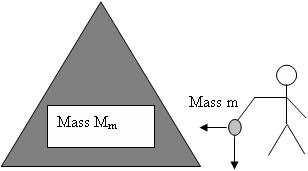
In honour of languages day, here's another highlight of my trip to Scotland. This village is the only place in the UK to have a chemical element named after it - strontium. The element was discovered nearby about 200 years ago. It is of interest to physicists because the fallout from nuclear explosions contains a lot of the radioactive isotope strontium-90. This is a problem because the body prefers to take this in place of calcium for bones. It has a half life of about 28 years so it's not good for health. It was a major problem after the Chernobyl accident.
All place names in the Highlands are anglicised versions of Gaelic names. I've been trying to learn to pronounce Gaelic. The title of this piece means "How are you?" You can reply "Tha gu math, tapadh leat" - Fine thank you.







